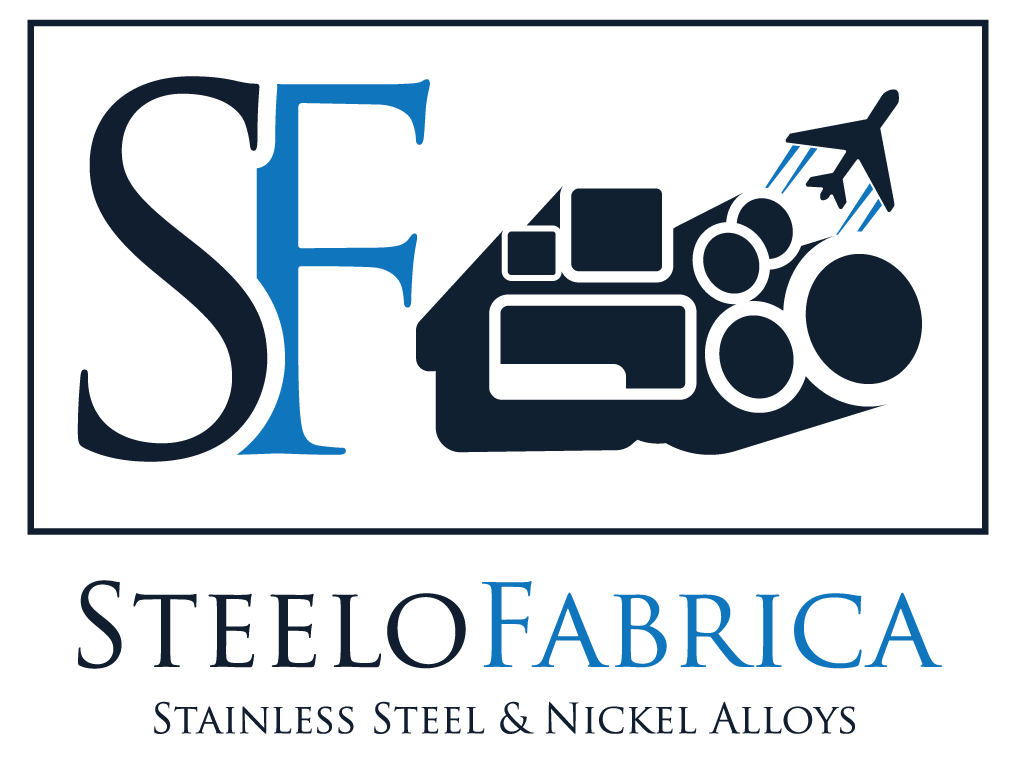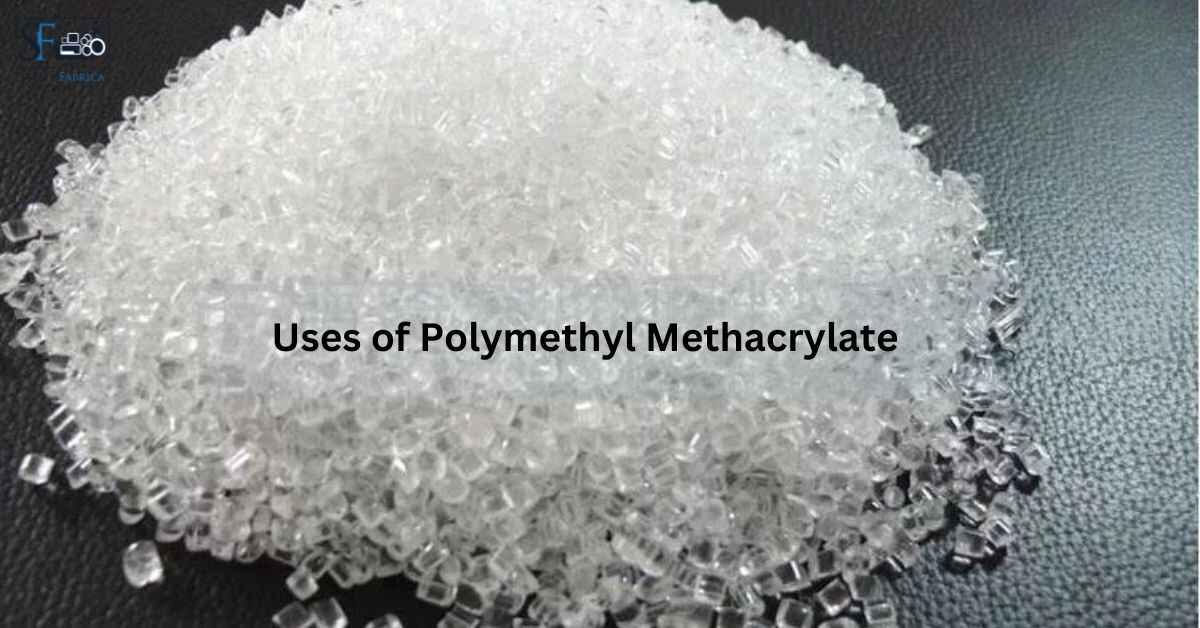Are you in the market for a high-performance alloy for your industrial applications? Look no further than Hastelloy C276. This nickel-based superalloy offers excellent corrosion resistance and is ideal for chemical processing, oil and gas, and power generation industries. But how do you fabricate and weld it? In this blog post, we’ll examine the process closely.
What is Hastelloy C276 Round Bar?
Hastelloy C276 Round Bar is a nickel-molybdenum-chromium alloy used for its strength, corrosion resistance, and weldability. It has superior corrosive resistance to various acids and other aggressive environments due to the high molybdenum and chromium content. The alloy also features excellent metallurgical stability, high thermal conductivity, low coefficient of thermal expansion, and fracture toughness values comparable to or better than austenitic stainless steels. Additionally, it offers good formability and machinability with all common processes such as cutting, drilling, milling etc.
Step 1: Choosing the Right Equipment
The first step to fabricating and welding Hastelloy C276 is choosing the right equipment. You’ll need a heavy-duty lathe, CNC machine or manual lathe with an adequate spindle motor. Invest in high-quality equipment – the toughest part of working with Hastelloy C276 is cutting a round bar to the desired length. Additionally, you require carbide-cutting tools suitable for machining at high temperatures since Hastelloy C276 alloys are often difficult to machine.
Step 2: Fabricating the Round Bar
Once you have your equipment, you can focus on fabricating the Hastelloy C276 round bar. Begin by cutting the round bar to the exact length you need. To avoid contamination, you should wrap the material using a clean shop cloth or plastic wrap. Take note of the temperature and ensure the ambient humidity is between 40% – 60% before continuing.
Step 3: Cleaning the Material
After cutting the round bar, cleaning the surface is important to remove contamination. First, use a wire brush to remove any scales or blemishes. Then, clean the surface with acetone or alcohol. Be sure to wear gloves while doing this to avoid contaminating the surface.
Step 4: TIG Welding
TIG welding is the best method for welding Hastelloy C276 because of its type of alloy. Welding the alloy takes careful attention and experience. The critical thing to remember is to keep the heat during welding to a minimum. The HASTELLOY C-276 must not be heated higher than 2000°F, which will cause cracking. Also, use a filler metal that provides the best compatibility with Hastelloy-C276. Haynes, Inconel, and Monel or metals such as stainless steel, titanium, or nickel alloy 200 for welding material.
Step 5: Post-Weld Cleaning
After welding the round bar together, it’s important to clean it again. The process is the same as the cleaning performed during Step 3. The post-weld cleaning will ensure no contamination and help reduce the risk of material corroding.
Conclusion:
Hastelloy C276 Round Bar can be successfully fabricated and welded for high-performance applications with careful preparation and the right materials. It is critical to use the correct welding process, filler material, and pre-weld and post-weld heat treatment steps to ensure proper joint integrity.





